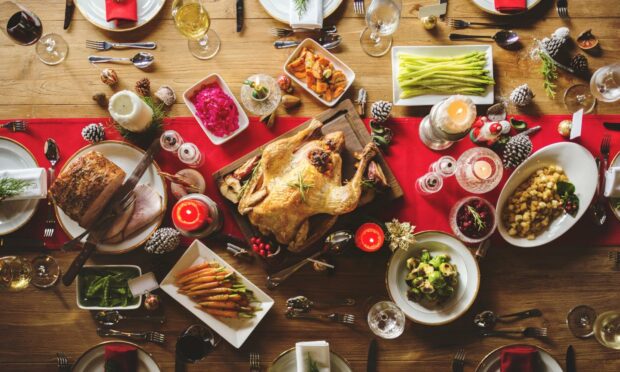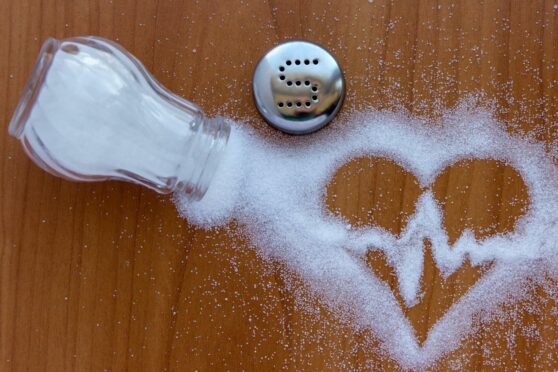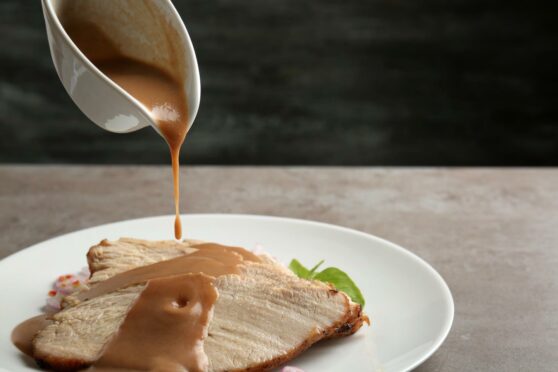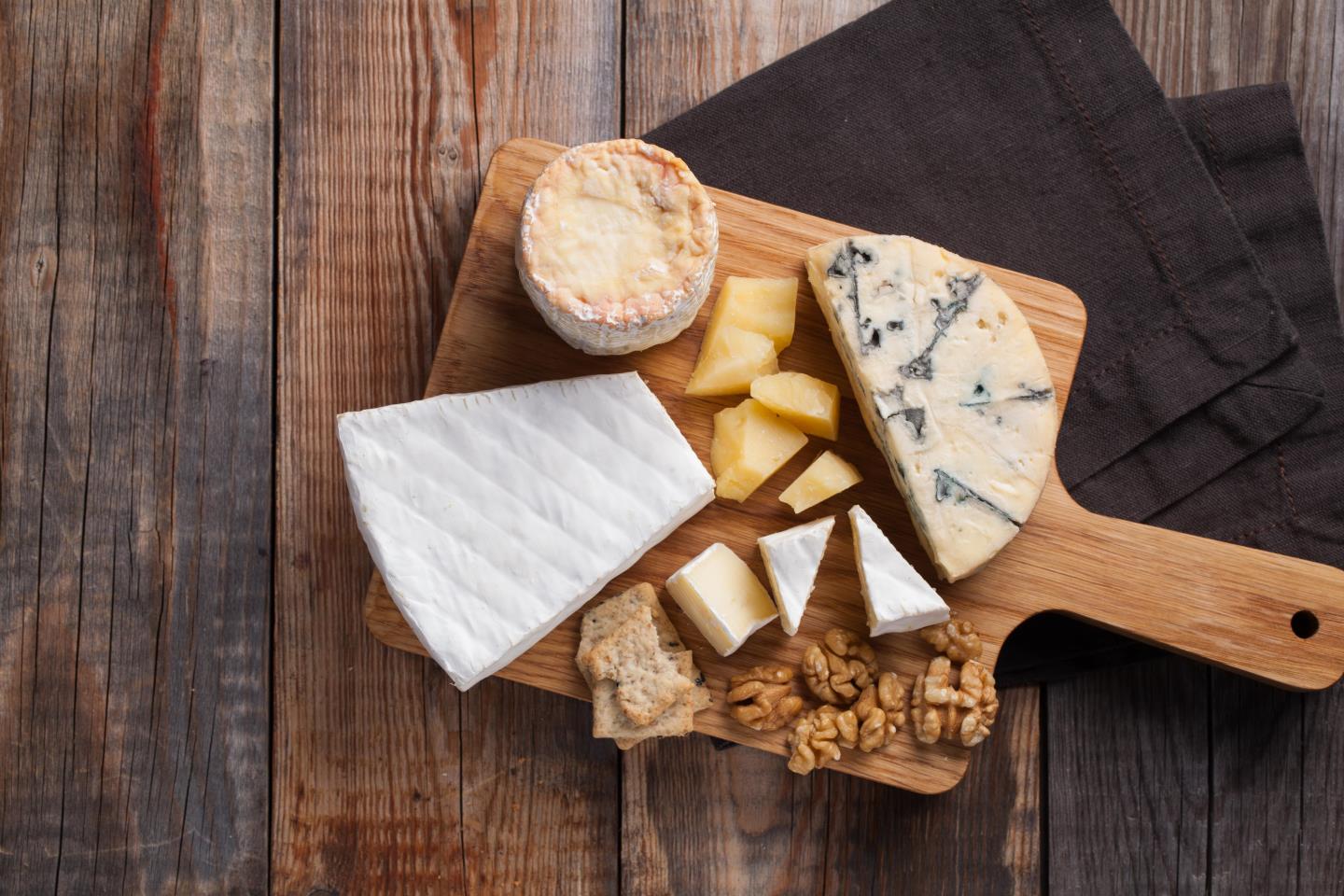Keeping an eye on your blood pressure this Christmas? We look at some simple swaps you can make to keep your salt intake down over the festive period.
Many of us look forward to the holidays for different reasons, and for some this means a chance to indulge in our favourite treats.
Generally, it’s a time where we eat more than usual and because of this, your salt intake can also increase.
But an uptake in salt can increase your blood pressure – a risk factor for stroke and heart disease.
It’s easier than you think to switch over to a lower salt diet, without having a major impact on your food.
We’ve spoken to the experts behind the Aberdeen Health And Wellbeing Festival, who’ve drawn up some helpful tips.
Push out the (gravy) boat
A lot of pre-prepared meats and veg come packed full of salt that often isn’t needed.
While it’s a bit more time and effort, it’s relatively simple to prep and cook your vegetables yourself. You could even do this ahead of time, so it’s just a case of reheating on Christmas Day.
Consider buying a fresh turkey and making your own gravy from its juices. Keep your eyes peeled for half-salt stock cubes on the supermarket shelves to reduce the sodium levels even further.
Nice bit of Wensleydale?
Watch out as some of your festive favourites could be hiding large amounts of salt inside.
Try limiting how many pigs in blankets you tuck into, and perhaps pass on the smoked salmon.
When it comes to digging into the cheeseboard, be careful of the likes of stilton and certain cheddars, which can be high in salt.
Wensleydale, mozzarella and Swiss cheese could all work with your crackers instead.
Homemade soup: Is it worth the broth-er?
A soup starter’s often a traditional choice when it comes to Christmas dinner, but check the nutritional information on the tins in the back of your cupboard before serving them up.
Supermarket soups can often be full of salt, with one tin sometimes containing as much as one-third of your daily recommended allowance.
Consider making your own so you know exactly how much salt it contains.
Relish the chance to experiment with seasoning
High levels of salt could also be lurking in your collection of ready-made table sauces.
Check the labels and consider swapping the likes of mustard for cranberry sauce.
You could also crack open the spice cupboard and experiment with seasonings other than salt as you cook.
Lemon can also help elevate flavours without the extra sodium.
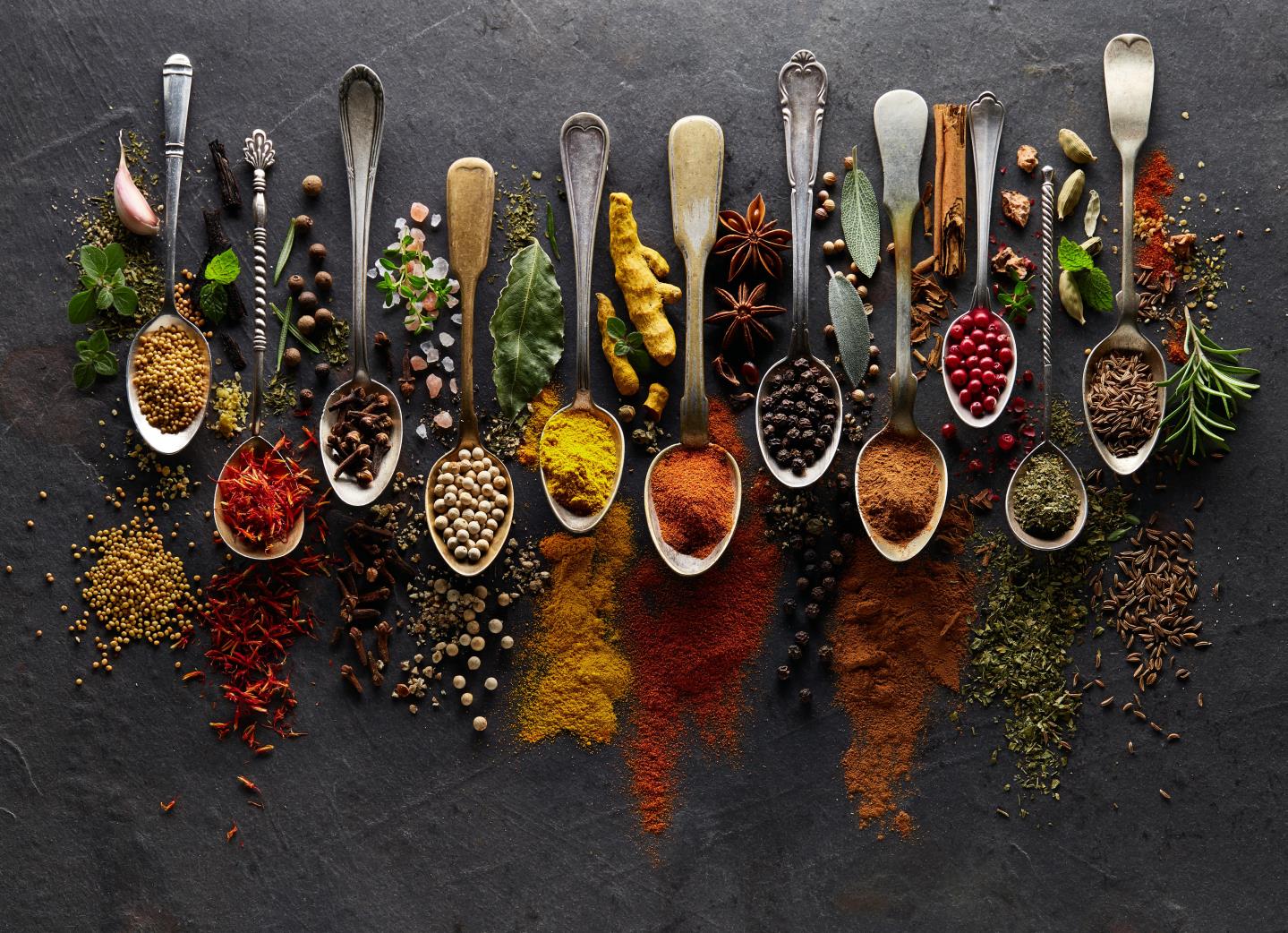
Check salt isn’t being snuck through the back door
Salt is sometimes referred to just as sodium on the back of food packaging, which can cause confusion when you’re reading the ingredients list.
NHS guidelines say we should eat no more than 6g of salt a day, which includes 2.4g of pure sodium.
But you can be more salt aware by checking the traffic light labels on the front of your favourite foods.
Lower salt options are labelled green – choose those over ones with orange or red warning.
